Orthopedics

Orthopedics
The Orthopedics department in a hospital specializes in the diagnosis, treatment, prevention, and rehabilitation of conditions, disorders, and injuries related to the musculoskeletal system. This system includes bones, joints, ligaments, tendons, muscles, and nerves that enable movement, support, and stability in the body. Orthopedics covers a broad range of conditions affecting individuals at all stages of life, from infancy to old age.
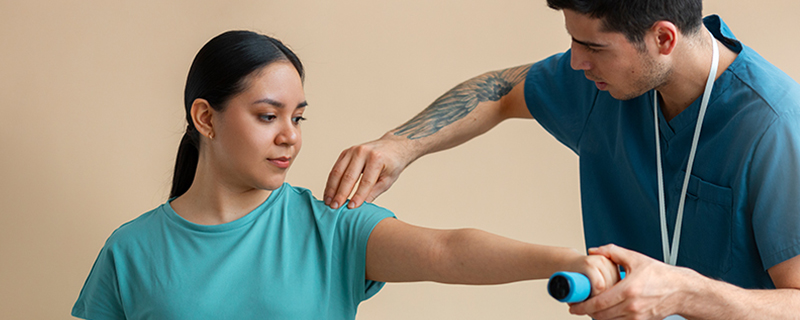
Treatment and rehabilitation of injuries sustained during sports or physical activities,such as sprains, strains, torn ligaments, and broken bones.
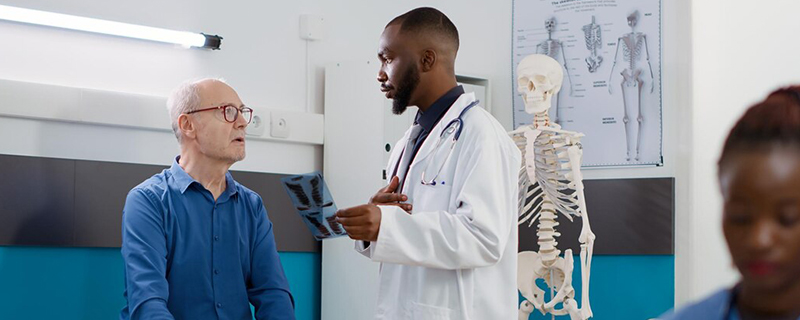
Procedures to replace damaged joints, such as hips or knees, with artificial components, often needed due to arthritis or injury.This surgery is often necessary due to conditions like arthritis, which can cause significant pain and impairment of joint function. During the procedure, the damaged joint is removed and replaced with an artificial prosthesis made of metal, plastic, or ceramic materials.
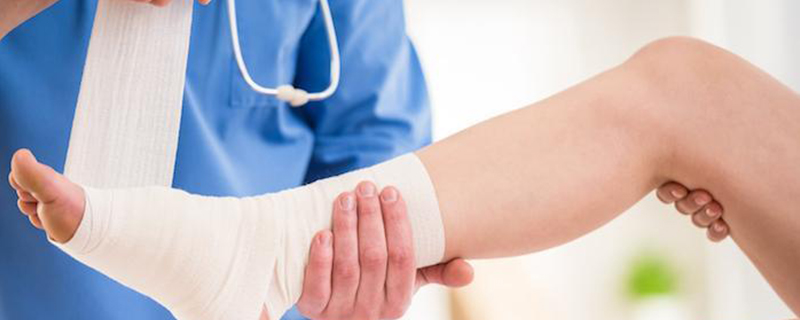
Diagnosis, treatment, and management of broken bones, ensuring proper healing and alignment.

Treatment of conditions affecting the spine, such as herniated discs, scoliosis, and chronic back pain.The treatment of spine conditions involves various interventions to alleviate pain, improve function, and address underlying issues. For herniated discs, conservative treatments such as rest, physical therapy, and pain management may be initially recommended, with surgical options considered for severe cases. Scoliosis treatment may involve bracing, physical therapy, or surgery, depending on the severity and progression of the curvature.

Specialized care for musculoskeletal conditions affecting children, including congenital deformities, growth abnormalities, and injuries.
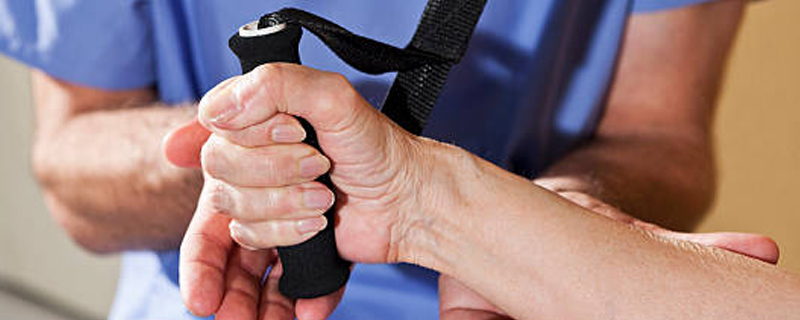
Treatment of conditions affecting the hand, wrist, elbow, and shoulder,including carpal tunnel syndrome, tennis elbow, and rotator cuff injuries.Treatment of conditions affecting the spine , such as herinated discs,scaliasis,and chronic back pain.fractures are typicaly diagnosed through a combination of physical examination ,medical history ,and imaging tests such as X-rays,CT scanss,or MRI Scans.the type and severity of the fracture are determined based on these diagnostic findings
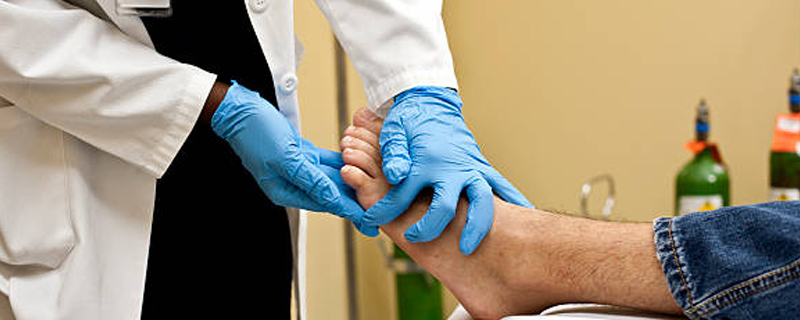
Addressing conditions such as bunions, heel pain, and injuries affecting the foot and ankle.Treatment for bunions, heel pain, and foot/ankle injuries includes rest, ice, and proper footwear. Orthotics and physical therapy can provide support and strengthen muscles. Medications like NSAIDs alleviate pain, and surgery may be necessary for severe cases. A multidisciplinary approach ensures comprehensive care tailored to individual needs.
